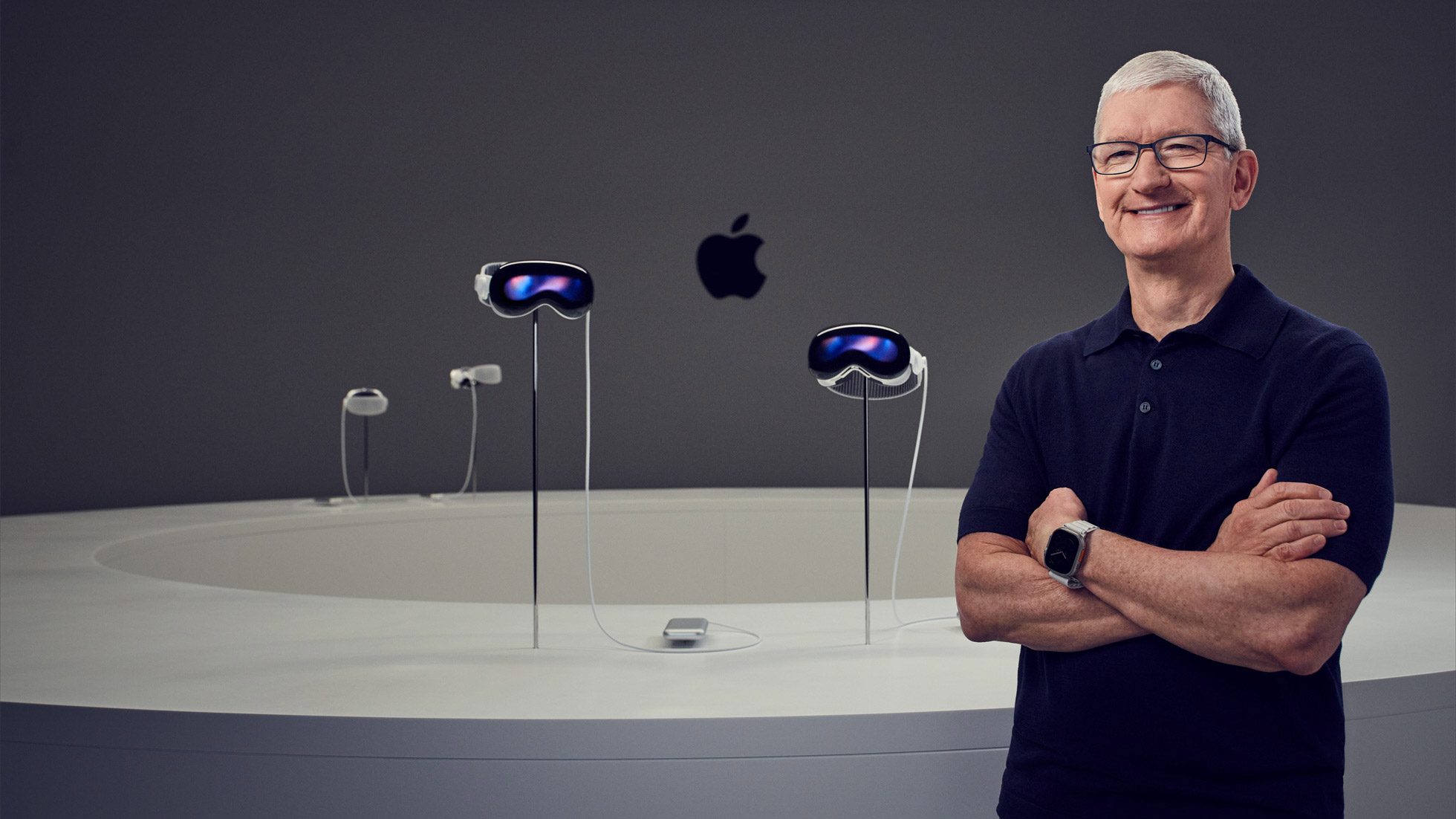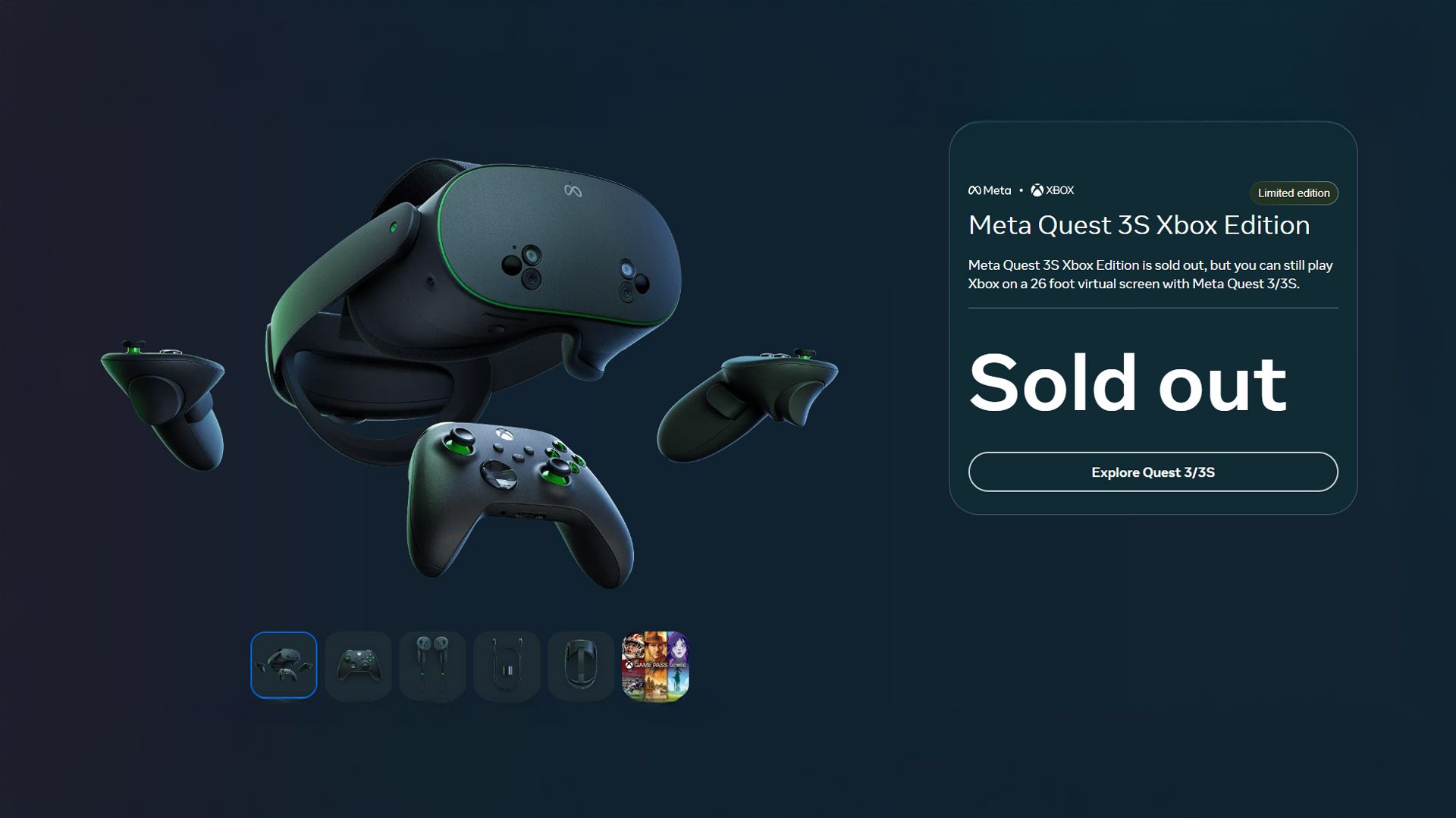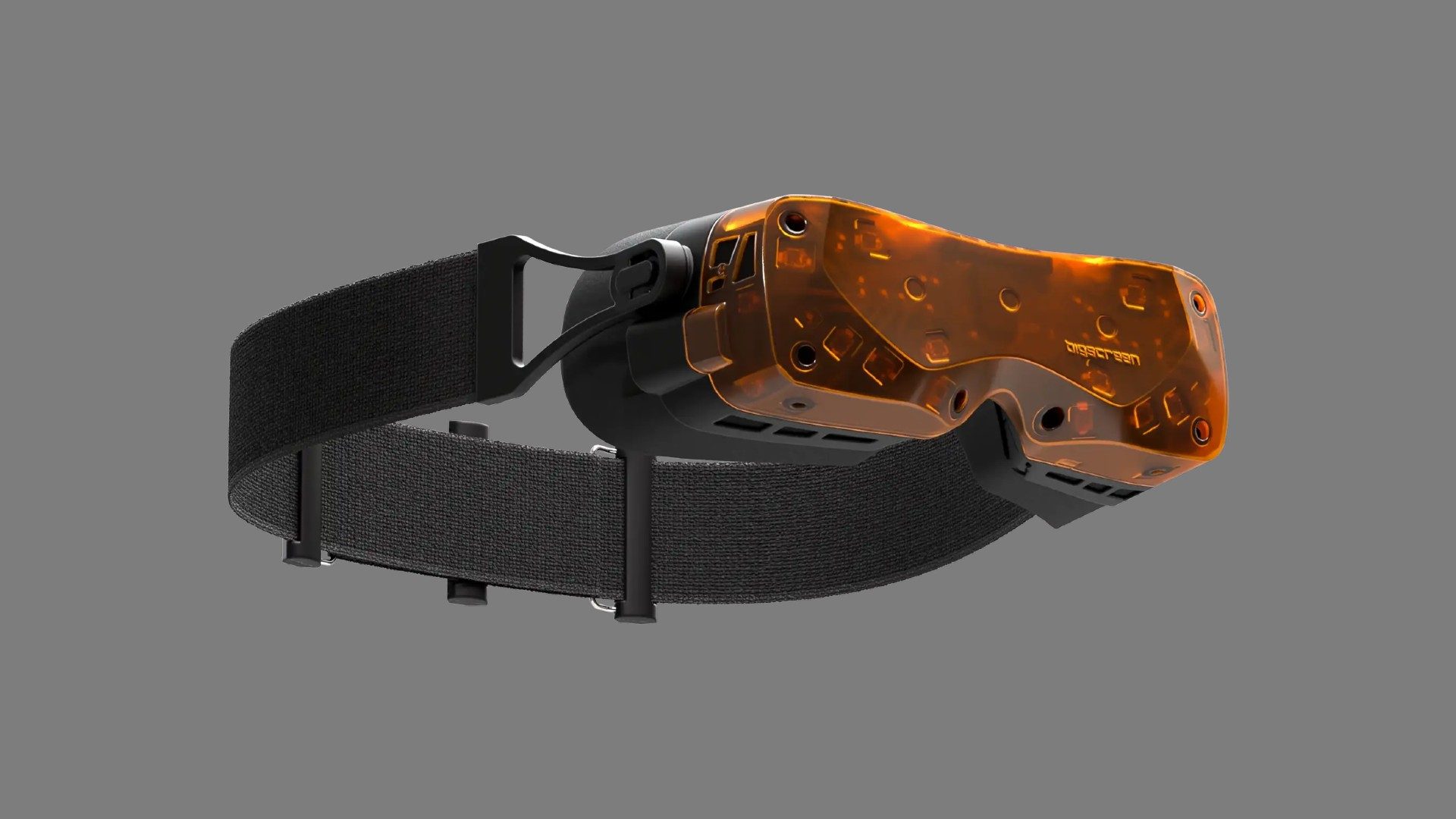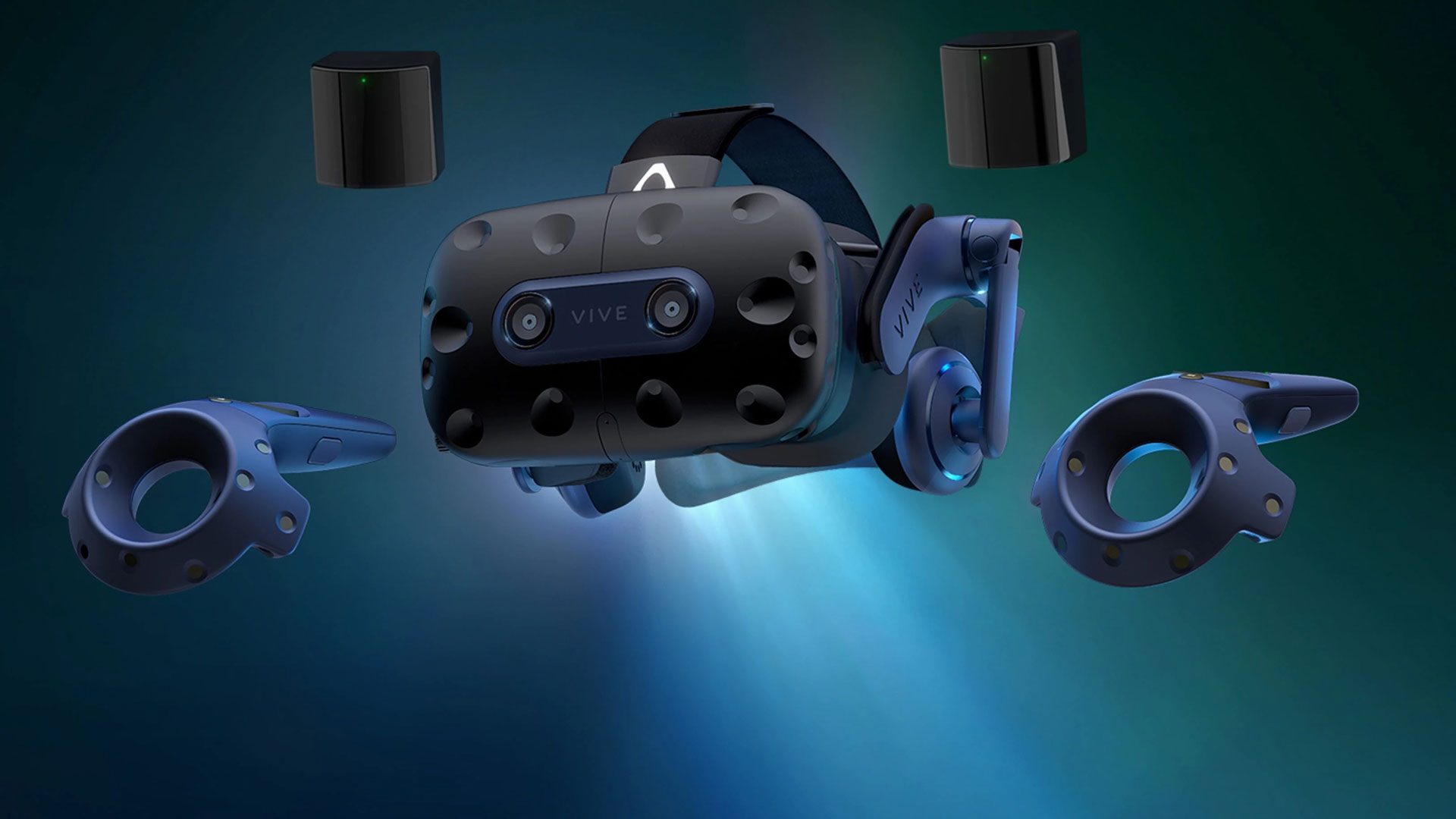The Meta Quest 3 hasn’t quite grabbed the limelight this year, and the latest round of hardware and app updates probably won’t change that perception. However, there’s a growing buzz around the Quest ecosystem if you’ve been keeping a keen eye on developments. Meta’s software team shared with Gizmodo their hopes for VR: an open and varied platform, akin to Android’s approach.
In a brief conversation with Meta’s director of metaverse entertainment content, Sarah Malkin, it became clear that Quest is all about “more.” More apps, more experiences, and possibly more headsets—not just ones developed by Meta. Back in April, Meta unveiled Horizon OS as a standalone VR ecosystem, with manufacturers like Lenovo and Asus already on board, crafting headsets that support this new OS.
Malkin expressed confidence in Meta being the go-to platform for VR development, emphasizing its reach and variety. “We’re excited others, like Apple, have joined the VR space,” Malkin said, “but we firmly believe we offer the broadest range of experiences.”
Gizmodo pointed out the power of consumer choice, akin to why the Android model works with multiple companies using the same OS. Malkin agreed, underscoring Meta’s dedication to expanding its VR offerings.
Meta’s vision for the metaverse has long been nebulous since its rebranding from Facebook. However, as the tech world shifts its focus toward AI, Meta has made strides in making its Quest headsets more accessible. Now, Game Pass and SteamVR are easily accessible through Quest apps, significantly expanding the available game library and refining the user interface.
As for the anticipated “more,” that expansion will largely depend on third-party app developers. Meta benefits from its established brand in VR and its competitive pricing compared to rivals like the Apple Vision Pro. But it’s clear that Meta needs to keep ramping up its offerings on Quest—and quickly.
### What’s New on Meta Quest 3, and Does it Really Change Anything?
The latest updates to the Horizon ecosystem herald minor improvements. For instance, you can now watch Netflix directly in the browser instead of the outdated app restricted to 480p. There’s also a new travel mode designed to ease connectivity with airplane Wi-Fi, simultaneously smoothing out any turbulence—and helping you ignore any seat-kicking from the row behind. You can find this travel mode under the Experimental features in the headset’s quick settings.
In addition, some apps have new modes. Angry Birds VR: Isle of Pigs now features a mixed reality slingshot mode. Beat Saber’s latest OST introduces returning and new artist tracks, and there’s a fresh Daft Punk-inspired neon-lit environment named “Collider.” Moreover, the fitness app Supernatural now includes mixed reality modes, allowing your coach to appear in your living room rather than in a nondescript virtual space.
Meta invited me to try these new features for myself, and while they were limited, the Meta Quest 3 certainly continues to improve as a wireless VR platform with impressive AR capabilities. It’s not a game changer, but it does show a cleaner, more robust experience overall.
Supernatural’s VR workouts were more intensive than a typical Beat Saber session, boasting impressive body and hand tracking and encouraging full-body movement. Even a light boxing exercise worked up quite a sweat, resulting in the infamous headset sweat ring. Despite being immersive, the demos felt like a familiar experience. For those craving groundbreaking updates, more patience is required.
Simultaneously, Meta rolled out the v66 update to address passthrough distortion and enhance hand tracking in MR. This includes a new wrist-activated button for accessing Quest menus, usable within both games and apps. The Quest 3 units in Meta’s demos weren’t running v66, and our devices have yet to receive it. While using both the $3,500 Apple Vision Pro and the $500 Quest 3, Apple’s headset stood out for its premium aesthetic and precise tracking. Yet, the price difference hardly justifies the disparity in performance.
### What Needs to Come Next for Quest to Win VR
VR workouts and streaming Netflix through a VR headset aren’t for everyone, and none of the demos felt revolutionary. Instead, they served as a reminder that Quest 3 is gradually improving, proving Meta’s commitment to VR.
But let’s talk about what’s happening with Meta Quest. Horizon OS is a clear call for collaborations. With Meta and Microsoft reportedly partnering, as evidenced by the Xbox-themed Quest 3, further insights might emerge in the upcoming Xbox Games Showcase.
Coincidentally, Apple is on the verge of launching a major VisionOS update next week at WWDC 2024, crucial given the initial hype around its Vision Pro has fizzled out. Analyst Ming Chi Quo recently mentioned a post-release drop in demand for Apple’s headset, which Meta CEO Mark Zuckerberg leveraged, touting Meta’s affordable VR tech against Apple’s high-priced model. However, Meta also needs Apple in the VR arena. It’s akin to Google’s strategy against Apple years back—competing with a more open platform. Apple will likely rely on its loyal base and integrated services, but a new headset is crucial. Meanwhile, Meta needs to enhance HorizonOS continuously. PlayStation, following Meta, now allows PC access on VR2, mirroring Meta’s step with Game Pass and SteamVR. An open system and choice for consumers will serve better in the long run. Meta, spending billions on its metaverse dreams ($3.85 billion in losses from Reality Labs last quarter), must remember this in its ongoing journey.









![[FREE Game] Ruffy and the Riverside Giveaway for PlayStation 5 (NA) [FREE Game] Ruffy and the Riverside Giveaway for PlayStation 5 (NA)](https://www.xgamernews.com/wp-content/uploads/2025/06/PlayStation-5-Ruffy-and-the-Riverside-A-Comprehensive-Review-360x180.jpg)

































